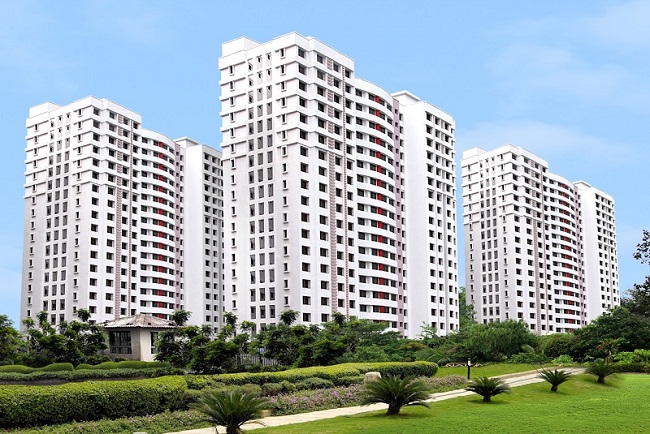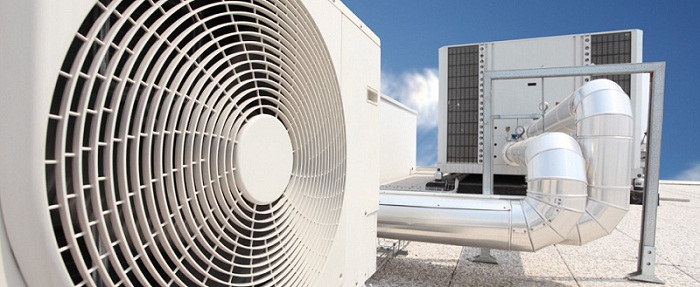New building HVAC systems and equipment incorporating new technology have become available over the past 10 years. These components have many of the tools needed to improve HVAC system performance and reliability while reducing energy use. They are proven technologies, yet they have been slow in making inroads in facilities. The result is that many facilities miss opportunities to improve operations and energy efficiency.
There is a natural reluctance on the part of facility executives to commit to something so new that a facility would be the first to use it. Being the first is high risk, and nobody wants to make the $100,000 mistake by investing in something that is untried.

That makes sense. But there are many newer technologies being promoted for building HVAC systems that are neither high risk nor exotic. They have been applied and tested in facilities. Consider technologies such as variable speed drives for pumps, fans and drives; high efficiency chillers and boilers; and microprocessor-based control systems — all make use of new technologies. Many facility executives consider these and other technologies new and look at them with skepticism only because they have not been tried before in their own facilities.

Another obstacle to the wider use of new HVAC technology is cost. Many of the new technologies carry a premium price. High efficiency chillers and boilers typically cost 15 to 25 percent more. Variable speed controls for pumps, fans and drives typically increase total system cost by up to 10 percent. With limited budgets and pressure to keep first costs low, these items are frequently excluded even though they can reduce operating costs.
Tunnel vision is another problem. Each member of the project team is responsible for a particular area. Seldom does anyone step back and ask if what they are doing makes sense or if there are better alternatives. It is simply too easy to keep doing what has been done in the past — the cookie cutter approach to building HVAC systems. But just because one type of system has always been used in a particular facility is no indication that it is the best solution for that application. Nor is the opposite true, that new technology is always better. Whether the technology is old or new, the key for the facility executive is to compare the needs and capabilities of the facility to the HVAC system or component being installed.
What works well in one facility may be totally inappropriate for another. There are simply too many differences between facility operations to have universal solutions. Services provided, HVAC system requirements, personnel availability, training issues — all will have an impact on the selection process for HVAC technology. The most advanced building automation system will be of little value to a facility if its operation cannot be supported by facility personnel.
facilities.net








